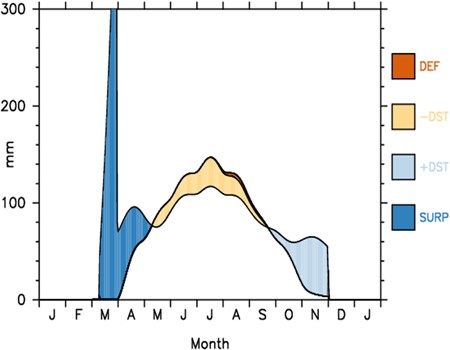What created Earth's moon?
a. The expulsion of rocky mantle after a collision with a planetary body
b. The initial big bang expansion event
c. The formation of a new star
d. The collision between two older moons
ANS: A
The moon orbiting Earth resulted from the initial collision with another planetary body about the size
of Mars. The collision ejected some rocky mantle while the metallic core of that body fell into Earth's
core. The rocky mantle began to condense to form the moon we know today. Information can be found
in the section Earth, Ocean, and Atmosphere Accumulated in Layers Sorted by Density
You might also like to view...
Which of the following terms refers to the heat transfer process in the atmosphere that depends upon the movement of air?
A. conduction B. absorption C. convection D. radiation
The Mohorovicic discontinuity exists because
A. the rock at this depth transitions from lower density to higher density. B. there is a difference in conductivity of the rocks on either side of the boundary. C. there is change in the physical state of rocks on both sides of the boundary. D. the temperature inside Earth changes with depth.
The water balance diagram below suggests that
A. summers are very dry. B. long periods of drought are common. C. winters are snowy. D. All of these.
A fine-grained wind-deposited surface material with extensive deposits in the mid-latitudes is ________
A) reg B) loess C) erg D) inselberg E) plinth